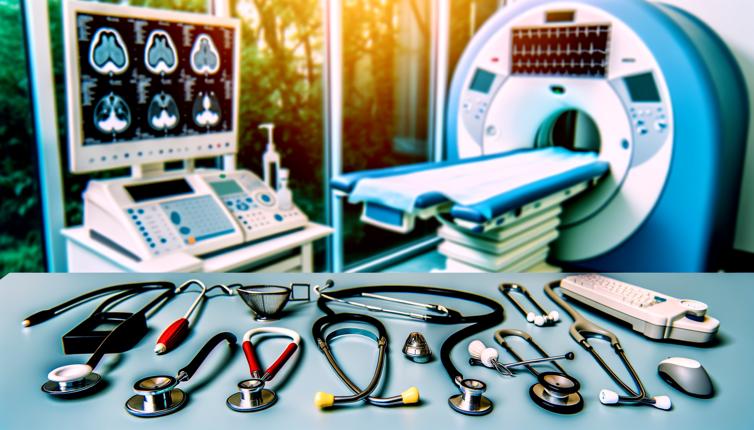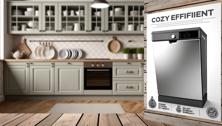1. Define Your Requirements
Before comparing medical devices and equipment, it is essential to define your specific requirements. Consider the needs of your healthcare facility, the type of patients you cater to, and any specialized treatments or procedures you perform. This will help you identify the specific features and functionalities you need in a medical device or equipment.
2. Research and Gather Information
Next, research and gather information about different medical devices and equipment available in the market. Look for reputable manufacturers and suppliers who offer high-quality products. Consider factors such as reliability, durability, performance, safety, and regulatory compliance.,Read product reviews, seek recommendations from fellow healthcare professionals, and consult industry experts to gather insights about the various options available.
3. Compare Features
Once you have gathered information about different medical devices and equipment, compare their features. Create a checklist of the essential features and functionalities you identified in step 1. Evaluate each option against these criteria and determine which device or equipment meets your requirements best.,Some key features to consider include accuracy, ease of use, maintenance requirements, interoperability, connectivity, and compatibility with your existing systems.
4. Consider Cost and Value for Money
Cost is an important factor to consider when comparing medical devices and equipment. Evaluate the initial purchase cost, as well as the cost of ongoing maintenance, servicing, and consumables.,However, it is essential to look beyond the upfront cost and consider the value for money. A slightly higher-priced device or equipment may offer better functionality, durability, and long-term cost savings compared to a cheaper alternative. Consider the overall return on investment (ROI) and the potential impact on patient care and outcomes.
5. Seek Input from Users
To get a better understanding of the user experience and usability of different medical devices and equipment, seek input from users who have hands-on experience with the products. This can include healthcare professionals, technicians, and support staff.,Their insights and feedback can provide valuable information about the ease of use, reliability, and performance of the devices and equipment in real-world scenarios.
Conclusion
Comparing medical devices and equipment is a crucial step in making informed decisions for your healthcare facility. By defining your requirements, gathering information, comparing features, considering cost and value for money, and seeking input from users, you can select the most suitable devices and equipment that meet your specific needs. Remember to also consider factors such as warranties, customer support, and training options when making your final decision.









